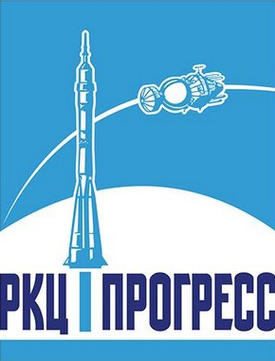Progress Rocket Space Center – PRSC

- Abbreviation: PRSC
- Administrator: Dmitry Baranov
- Country: RUS
Progress Rocket Space Center is a Commercial space agency that was established in 1996. Progress Rocket Space Center has 44 successful launches and 1 failed attempts, with a cumulative tally of 45 launches, currently with 0 pending launches in the pipeline. Progress Rocket Space Center has a tally of 0 attempted booster landings, of which 0 failed and 0 successful booster landings recorded.
Progress Rocket Space Centre, formerly known as TsSKB-Progress, is a space science and aerospace research company which is known for manufacturing launch vehicles and satellites. Most notably, Progress Rocket Space Centre is the manufacturer of Soyuz launch vehicles.